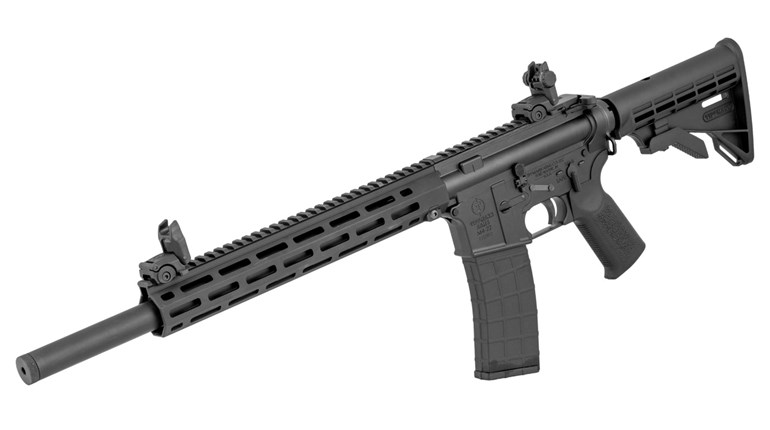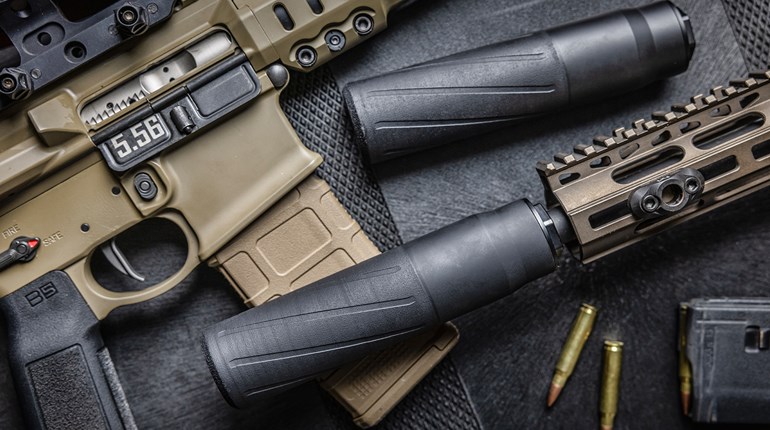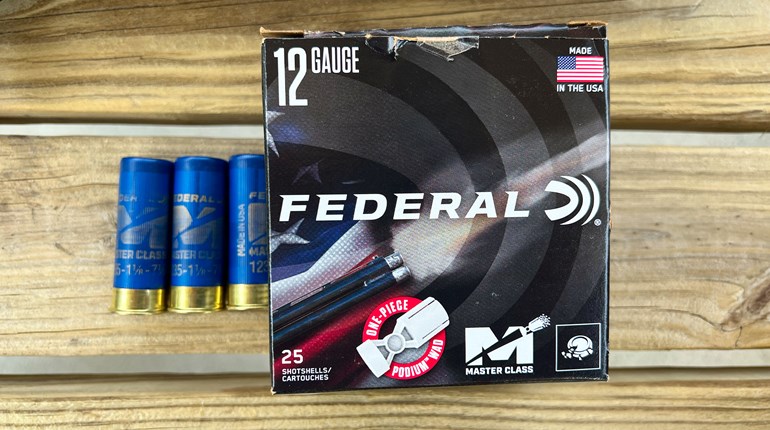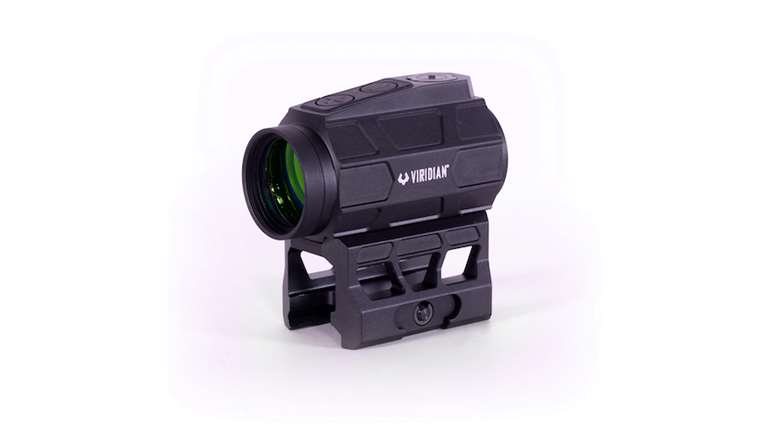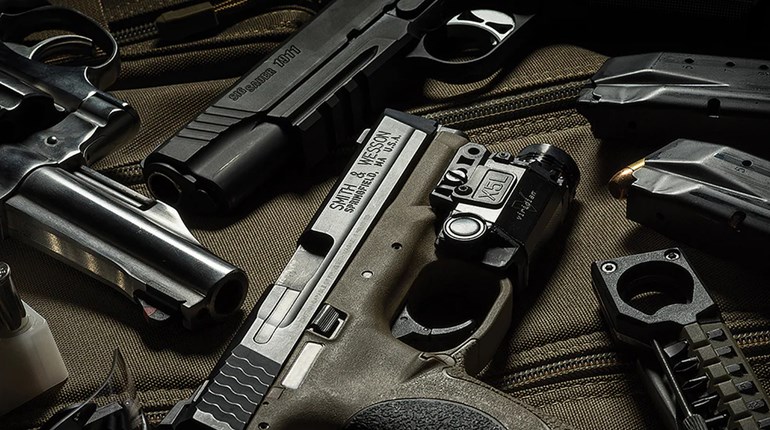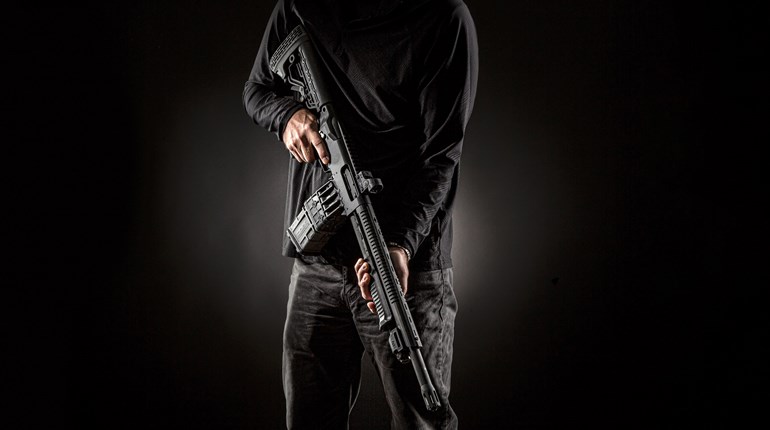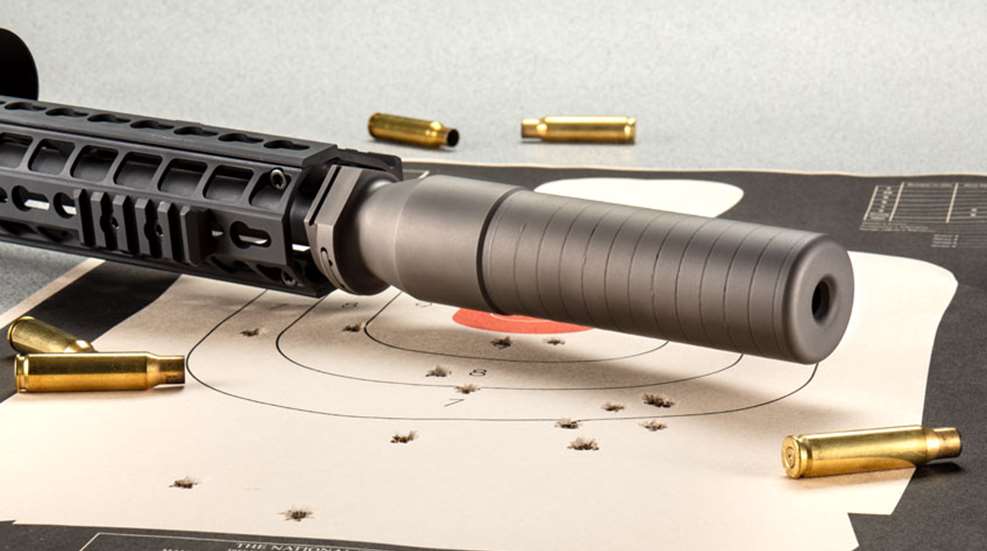
Have you ever wondered why—nearly a fifth of the way through the 21st century—most rifle optics still use coin-slotted caps on battery compartments? The only time I have pocket change is right after I pay for a drive-thru meal, and performing scope maintenance while driving will probably get you arrested. My machining skills stop well short of CNC work, but smart guys who do it for a living tell me that changing a program to mill squared-driver slots is easier than switching from the rabbit-and-hole method of shoe-tying to the bunny-ears technique. Nonetheless, one very well-used, U.S. Mint-issued quarter dollar sits on my workbench in anticipation of the next riflescope battery change.
While I cannot answer the “why” behind coin slots, there is a more-practical question upon which I can at least shed some light: Why does the addition of a sound suppressor change a rifle’s point-of-impact (POI) and/or overall accuracy? Sooner or later, shooters with multiple suppressors or those who use one on several rifles will notice how some suppressed guns are tack-drivers and others could pass for Improved Cylinder-bored shotguns. Several issues contribute to changes in suppressed-rifle accuracy and while not every one of them is fixable, understanding those causes may help you troubleshoot your own setup.
The term “barrel harmonics” gets thrown around a lot, but this is one place where it is definitely part of the equation. I will forgo the gritty details of critical-node placements, Fast Fourier transform instrumentation and other fun-sounding topics here. The important thing to know is anytime you make a change to the weight of or external pressures placed upon a rifle’s barrel, the likelihood of moving or further dispersing points-of-impact downrange increases. One common example is when a non-freefloat barrel receives variable pressures from a fore-end that is supported by a hand, bag rest, sling or bipod. We freefloat rifle barrels to remove the effects of these pressure changes.
Attaching a sound suppressor (which only contacts the muzzle) does not ruin a freefloat condition. But, adding that chunk of steel/titanium/Inconel/Asteroidnotium does change a barrel’s “tune” in the same way that touching a tuning fork changes the sounds (vibrations) it makes. If you have a stripped rifle barrel on-hand, you can hear this for yourself by performing a simple test. Hold the barrel, muzzle down, lightly grasping the back of the chamber area with your thumb and forefinger. [Pro tip: Do not drop the barrel.] Next, lightly rap on the side of the barrel somewhere near the middle with a steel tool. The ringing sound you hear comes from vibrations in the tubular barrel steel. Repeat the test, but as you tap the barrel let something touch it at or above the spot you tap on. The sound will change because you have altered the “tune” of those vibrations.
The same effect is seen when a perfectly zeroed rifle shifts its POI once a can is attached. Sometimes a suppressor’s particular weight is just right for a given barrel length and profile, resulting in a rifle with very little zero shift or tighter groups than normal. Other times, a suppressor and barrel do not play well together, causing a dramatic zero shift and/or poor accuracy. Some suppressor brands and models are better than others at minimizing zero shift and accuracy changes, but only as a general rule. Each barrel length, caliber and profile reacts differently to suppressor weights.
That same weight that changes barrel vibrations may improve your accuracy as a result of a sort of braking effect at the muzzle. Suppressed-rifle shooters often report feeling less recoil and smoother follow-through after each shot for this reason. Slow down your operating system when shooting suppressed, gas-operated rifles in order to take full advantage of this benefit. You can accomplish this through an adjustable-gas system or by adding weight to the moving parts (bolt-carrier group, recoil-spring assembly, etc.). Without some form of modulation, the increase in bolt velocity during the cycle of operation may overshadow any perceived muzzle braking and actually increase your rifle’s movement during recoil.
A less-common problem that can play havoc with suppressed-rifle accuracy comes from mounting systems. A sound suppressor must remain in the same exact position from shot to shot in order to affect the rifle consistently, which is a key component of accurate shooting. Even a small amount of movement in the mounting system can spread your shots downrange. QD sound-suppressor designs from the 1990s were notorious for having excessive play when mounted. Unfortunately, the U.S. military suffered with some of those imprecise designs for a couple of decades before results-driven manufacturers stepped up to the plate with better versions. If your suppressor has noticeable play in its fully tightened setting, there is a pretty fair chance it will hurt your rifle’s consistency. Check with your suppressor manufacturer if this is the case, as it may be related to wear in the locking system and possibly repairable. Direct-thread suppressors are simpler in this regard, but they too must remain fully tightened at all times while firing for both accuracy and safety reasons.
Erratic suppressed shots on target may indicate a problem inside the suppressor. Before shooting more rounds, clear your rifle, remove the [cooled] suppressor and take a good look at each of the baffles and the end cap to ensure you do not have an alignment issue that has caused projectiles to strike the baffles or end cap. Any sign of misalignment should be repaired before you get back on the firing line.
A final variable in suppressed-rifle accuracy is the type of ammunition used. I would estimate that 60 percent of the rifles I build or evaluate shoot tighter groups when suppressors are attached. But those results often cannot be applied across all ammo types—some bullet weights and loads shoot better than others in a given suppressed rifle. After you verify your suppressor-mounting system is rock-solid, spend time trying different loads to find one your rifle and suppressor combination really like. Of course, having solved those problems, you will have to find another excuse for missing a suppressed shot.












